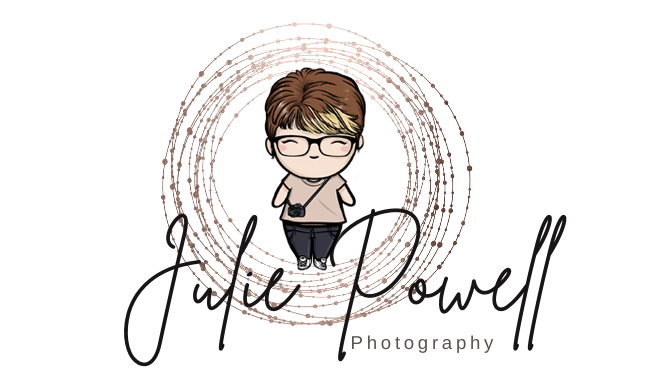DxO PhotoLab 9.1 vs PhotoLab 8: Is the Upgrade Really Worth It?
DxO PhotoLab is DxO’s flagship RAW-development and photo editing software (non-destructive, with strong lens & camera correction capabilities, local adjustments, etc.). Over the years, its appeal has been in combining “optical corrections + noise reduction + precise local tools” in one package without forcing a cloud/subscription model.
PhotoLab 8 was well regarded as a mature, stable version with incremental enhancements over PL7, especially in noise reduction, masking tools, and workflow polish. PhotoLab 9 is being marketed (by DxO and reviewers) as one of the most significant upgrades in recent versions — introducing AI masking, better support for modern file formats, enhanced DeepPRIME, and workflow refinements.
Note: I did not find feature contrasts specific to “9.1 vs 9.0” — usually updates to 9.x are bug fixes, refinements, perhaps GPU support improvements, rather than brand-new modules. But the jump from 8 → 9 is substantial in terms of features.
Strengths & Weaknesses: PL9 vs PL8
While PL9 adds many capabilities, the real question is “what works better, and where might there be trade-offs?” Below, I break down comparisons by category.
Image Quality, Noise, and Detail
Denoising / DeepPRIME: PL8 already had top-tier noise reduction (DeepPRIME / XD) and was frequently praised as “best-in-class” for RAW denoising.
In PL9, the ability to apply DeepPRIME locally plus sensor-specific enhancements (e.g. for Fuji) gives more flexibility: you could, for instance, denoise heavily in shadow areas while preserving midtones/shadows.
Early reviews suggest the new DeepPRIME versions in 9 remain excellent and, in some cases, show improved retention of detail vs noise.
That said, denoising is computationally expensive; performance (speed) may vary, and real-world gains depend on your hardware.Sharpness, Lens Corrections & Optical Quality: DxO’s strength has always been in calibrated lens + camera modules (optics corrections, distortion, vignetting, CA). Both PL8 and PL9 benefit from that database. PL9 likely uses updated modules and corrections for newer gear.
Local Adjustments, Masking, Workflow
In PL8, you had:
U-Point / control point masking (very good, but sometimes tedious)
Hue masks (new in PL8) for colour-range-based masks
Global-only application of DeepPRIME
Basic organisation, keywording, IPTC, image browser (not a full catalogue/DAM)
In PL9, AI Masks change the game — being able to hover/select objects quickly helps create precise masks much faster than manual control points.
Also, local DeepPRIME/sharpening adds nuance. For complex scenes, PL9 gives more control and efficiency.Workflow enhancements (batch renaming, UI tweaks) are helpful but not transformative. However, over time, they reduce friction.
File Format / Future-proofing
Support for HEIC / ProRAW / Apple iPhone in PL9 is a major plus, especially as mobile photography RAW becomes more common.
Better support for newer sensor models (e.g. Fuji X-Trans gen) is forward-looking.
If you shoot with relatively new cameras or smartphones, PL9 has better out-of-the-box compatibility; PL8 may require external conversion or lag support.
Stability, Performance & Bugs
New features often bring new bugs. From user forums, some users report issues in PL9 (e.g. “internal error when using AI Mask presets,” needing restarts), particularly in early versions.
Performance will depend heavily on your hardware (CPU, GPU, memory). Heavier processing (local DeepPRIME, AI masks) may slow things down for older systems.
PL8 is more mature and stable; many bugs have already been ironed out over its lifetime.
Value & Upgrade Considerations
Cost: DxO’s pricing for PL9 is nontrivial. The upgrade from PL7/8 is priced (in USD/EUR) as per announcements.
If your workflow doesn’t demand the new features (e.g. you seldom do fine local masks, or you don’t shoot HEIC/ProRAW), PL8 might suffice.
If you're pushing new gear or want more masking/denoising control, the upgrade is more justifiable.
My Verdict & Recommendation
Overall, PhotoLab 9 is a strong step forward, not a mere incremental update. The introduction of AI-assisted masks and local DeepPRIME/sharpening are compelling enhancements that substantially improve flexibility and ease of selective editing. For many users, these will be the “killer features” that make photo editing smoother and more powerful.
However, it’s not perfect:
Stability will improve over time; early adopters may face bugs (especially around AI Mask presets).
Performance may lag on older hardware.
The gains in image-quality (beyond the control and flexibility) are likely incremental rather than revolutionary (especially on older sensor/lens combos).
If your usage of PL8 is comfortable and doesn’t stress its limitations, the urgency to upgrade is lower.
So what to do, here’s when I’d look to upgrade:
Yes, upgrade if you regularly do selective masking, use iPhone HEIC/ProRAW images, or want more control over denoising/sharpening at a fine level.
Maybe hold off if PL8 works well for you, your hardware is on the lower side, or you don’t need the new features yet.





